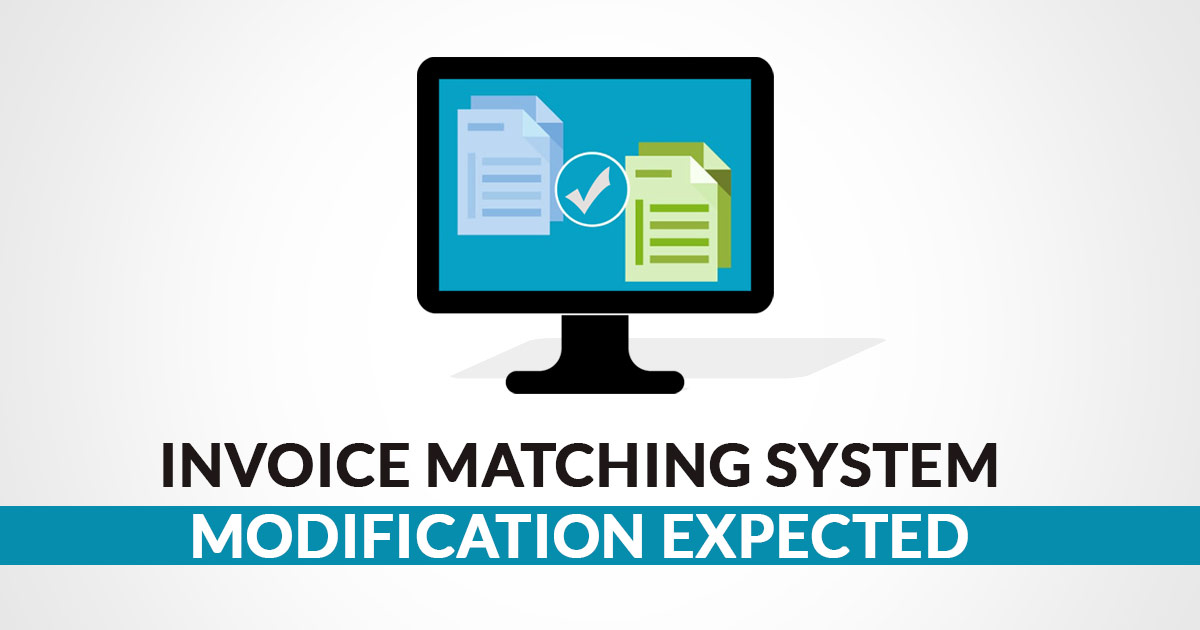With the increasing fear of declining GST collection, the government can change the procedure of the Invoice Matching system. In consideration of this move, the invoice matching is not done by the assessee but it will be done by the tax department itself. The government can discuss this issue in the GST council meeting which is going to held on 18 January.
This change is necessary and it is realized by the government when the revenue collection under GST for October and November months reduced significantly. Apart from this, the input tax credit claims are increasing remarkably and making government concerned to change the system accordingly.
In November meeting of GST council, it was decided that the issue would be discussed at the later date of March. That time, it was concluded that the changes in the invoice matching system could create other hurdles in starting phase for taxpayers so avoiding was the better choice. That is why this decision was postponed for some time.
Basically, to claim the input tax credit benefits, taxpayers have to furnish the GTSR-1 and GSTR-2 forms and on basis of that, they can claim for profits. Traders furnish the GSTR-1 form with selling details and the GSTR-2 form with purchasing details during that given period of time. Because this invoice matching is done by traders and assessees only, now it is predicted that the government can change the system and invoice matching will be done by the tax department officials only. After matching the invoice, in case of unmatching details, they can inform the taxpayers about the mismatch. However, till now there is no certain information about the amendment in processing.
As expected, the last decision on the issue will reside with the GST Council. If it happens, the outflow in GST can be controlled so easily. According to ministry officials, now GST is suffering from 15 to 20% of system leakage issue. To stop these kinds of leakage, the government is going to roll out a national e-way bill from February.










